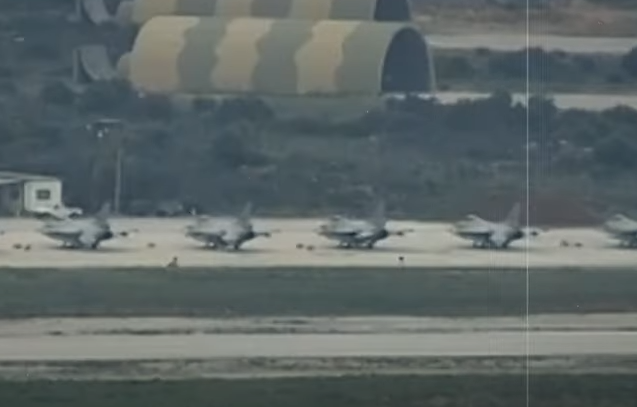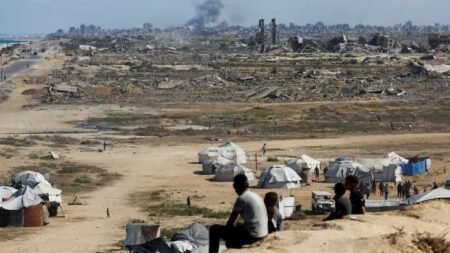The recent conflict between Iran and Israel has drawn global attention. While the fighting led to heavy losses, it ended unexpectedly with a dramatic strike. Iran launched an air attack on a US military base in Qatar. Just hours after this action, Iran and Israel both agreed to a ceasefire.
The attack on the Al Udeid Air Base in Qatar surprised many observers. Questions quickly surfaced: Why did Iran strike this specific base, while leaving other US military facilities in the Gulf untouched?
Military analysts believe Iran carefully selected this target. Hossain Aryan, an Iranian defense expert, told Arabic media that Iran was fully aware that the US had already evacuated most personnel from the base. He noted that the United States had taken precautionary steps after Israel’s attack on Iran began. These included relocating American staff from the Al Udeid base well before Iran launched its strike.
Aryan explained that geography played a key role. The Al Udeid base is just 200 kilometers from the Iranian coast. That made it the closest and most accessible US facility for Iran to reach quickly. This air base, also known as Abu Nakhlah Airport, lies southwest of Doha, Qatar’s capital. Built in 1996, it is the largest US Air Force base outside the United States. According to the most recent available data, around 8,000 American troops are stationed there. The base also serves as the headquarters for both US Central Command (CENTCOM) and the US Air Force’s Central Command.
Despite the presence of several US military installations in other Gulf countries, Iran avoided attacking them. Aryan explained why. For example, Bahrain hosts the Khalifa Bin Salman Port. It is a densely populated area and home to the US Navy’s Fifth Fleet. Hitting such a site would be far more complex and could risk many civilian lives. Moreover, large US warships and an aircraft carrier are usually docked in that port. This made any attack extremely risky and likely to escalate tensions further.
Similarly, Aryan pointed out that the US military base in the United Arab Emirates—Al Dhafra Air Base, near Abu Dhabi—was another unlikely target. Though around 4,500 US troops are stationed there, the base is located farther from Iran. Reaching it would have posed logistical challenges for Iran.
Iran also had strategic reasons to avoid Kuwait. According to Dr. Hassan Manim Neher from the Middle East Institute in Washington, Iran may not have felt confident about how Kuwait would respond to an attack. Tehran might have feared that such a move could destabilize the region or lead to a reaction that Iran could not easily control.
Analysts believe that all of these factors influenced Iran’s decision to strike the Al Udeid base in Qatar. The target was geographically close, had already been evacuated, and was symbolically significant. It sent a clear message to the United States and Israel—without crossing lines that could lead to a wider regional war.
The attack also allowed Iran to show military strength and retaliate without causing large-scale American casualties. This, analysts say, gave Iran a chance to end the conflict while still appearing strong to its domestic audience and international observers.
In the end, the Iran Qatar airbase attack was more than just a military operation. It was a calculated move shaped by geography, diplomacy, and the desire to avoid direct confrontation with the full force of the US military. Experts agree that this decision helped de-escalate a conflict that could have grown into something much worse.







